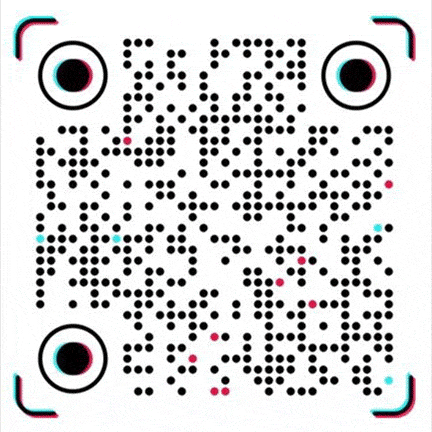In August, the Demand for Concentrated Latex in Malaysia Hit a New Low
In August, the Demand for Concentrated Latex in Malaysia Hit a New Low

In August 2023, Malaysia's consumption of concentrated latex reached 19900 tons, a decrease of 6.37% compared to July, a significant decrease of 29.13% year-on-year. From the trend of consumption in the past three years, it can be seen that consumption reached its lowest level in the past three years in August this year. As the main downstream consumer product, the usage of gloves is also in a continuous decline.
On September 6th, foreign media reported that Kenanga Research, a research institution, stated that the supply and demand situation in the rubber glove industry will not begin to balance until 2025, when almost no new production capacity will be put into operation. Driven by the continuous improvement of hygiene awareness, global glove demand continues to grow by 15% annually. In the later stage, there are signs of companies reducing production capacity through selective shut down some factories, which would gradually improve. However, as of now, based on the actual consumption demand in the downstream market, the demand for natural latex gloves is still relatively weak, and the overall production capacity is still in a relatively surplus state. This will continue to plague the glove industry with low prices and low factory utilization in 2023.


From the perspective of supply side situation, Malaysia's natural rubber latex production in August 2023 was 2065 tons, with the production situation basically maintaining around 2000 tons, and the overall change is relatively small. Since July, the rainy season in Malaysia has been more obvious, with a longer duration of rainfall weather, which has had a certain impact on rubber cutting operations. The actual increase in production during the peak season is not as expected.
In August 2023, Malaysia imported 17400 tons of natural rubber latex, an increase of 5.77% compared to July. The import volume of Malaysian concentrated latex showed a narrow upward trend for two consecutive months, but there was no significant support from the demand side, mainly due to changes in its own production.
As a major consumer of natural rubber latex globally, Malaysia maintains a relatively high demand for natural rubber latex. However, this year's excessive rainfall has also affected its own production. In addition, Malaysia's natural rubber latex production is difficult to meet its own needs, resulting in a high dependence on foreign raw materials. However, the weak state of actual demand has also laid the foundation for Malaysia's overall import situation of concentrated latex to remain relatively weak this year. Even if it grows in the short term, the overall growth rate is relatively limited.
In summary, based on the data from Malaysia in August, the demand for gloves remains weak. As another major consumer of concentrated latex, China's glove industry is also in a relatively sluggish state. As is well known, under the impact of global public health and safety events, the glove industry has become a major downstream consumer industry in China and Malaysia, and its pillar industry has weakened, The demand for concentrated latex is also difficult to see a significant increase, which to some extent suppresses the quotation for concentrated latex. The fourth quarter is approaching, and the downstream situation is basically in a relatively clear state. Without the stimulation of new special demand, the spot price of concentrated latex is expected to remain relatively weak and the overall fluctuation is relatively limited.
- Briefly Talk about Concentrated Latex6671
- Natural Rubber Market Price Analysis on May 221063
- Natural Rubber Market Price Analysis on April 291766
- Analysis of China's Rubber Import and Export Data in February 20244104
- The natural rubber production area in Hainan has cooled down, and the suspension of cutting is expected to be stronger6068





![[Natural Latex] Interpretation of Malaysia's Natural Latex Supply and Demand Data in July [Natural Latex] Interpretation of Malaysia's Natural Latex Supply and Demand Data in July](https://cdn.toodudu.com/4e46065a0ebfe2818fcc40203dd699a5.jpg?imageView2/2/w/200/h/200/format/webp&imageView2/2/w/200/h/200/format/webp&imageView2/2/w/200/h/200/format/webp&imageView2/2/w/200/h/200/format/webp&imageView2/2/w/200/h/200/format/webp&imageView)







